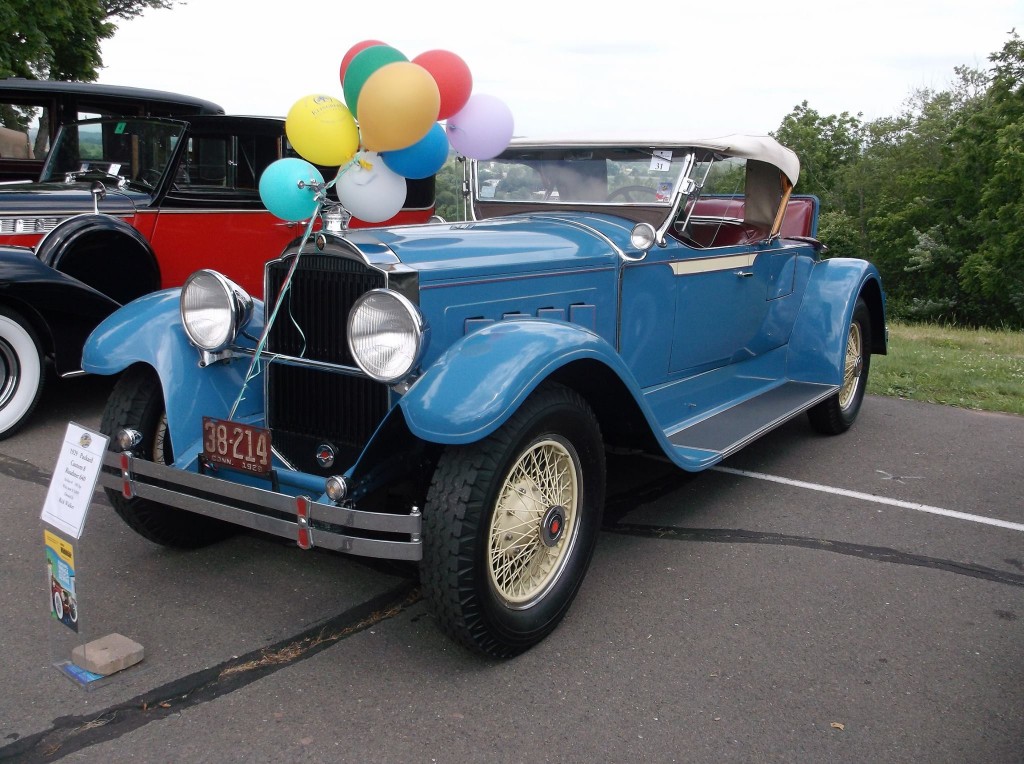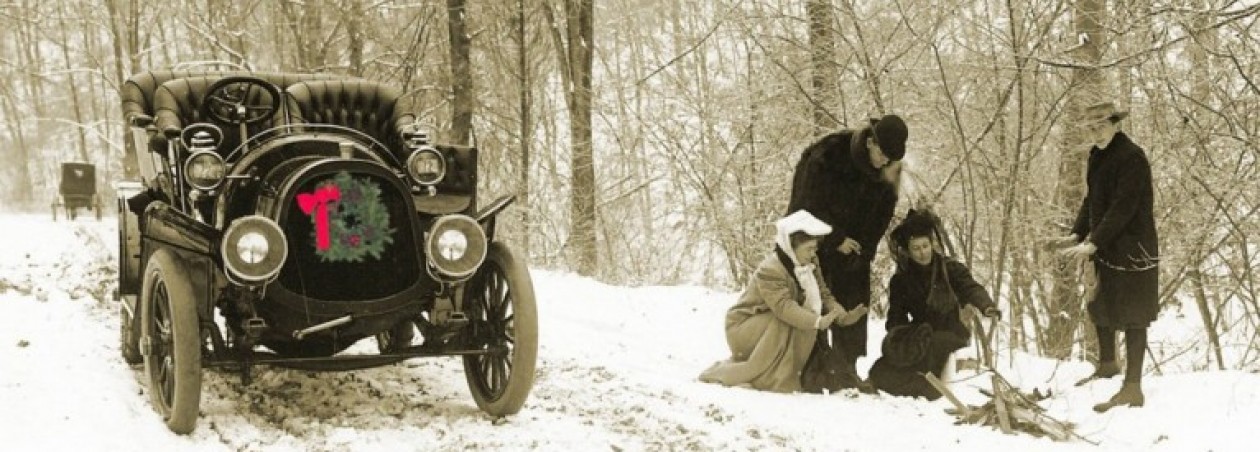You can read a bit about the cover photo here of the Pope Hartford at The Old Motor site: http://theoldmotor.com/?p=65193 This photo is in the Smithsonian. I was a director and continue as educational advisor to the proposed New England Auto Museum (NEAM). Now I’m a volunteer at the Canton Historical Museum, for my classmate from 60+ years ago, the new curator there.
Considerable research demonstrates the value of museums and science and nature centers for hands-on, informal, educational enrichment programs that can’t be recreated in classrooms. Today, they also represent a promising, new platform promoting critical thought, analysis, creativity, and tangible excitement about learning and teaching in the new century. But is this largely untapped? White Oak Associates Museum Planners and Producers once noted regarding the NEAM that “A new format for changing visitor experiences is now possible given advances in museum research and practice, new audience expectations including participation, and matured digital technologies. But the innovation should bravely create a new and distinctly different kind of changing museum experience—a new presentation format combining immersion and interactivity into a new platform for STEM learning, revenue generation, and museum vitality.”
Some museums are already moving in this direction, but The New England Auto Museum presents an opportunity to lead the way not just because of this kind of planning, and of course to preserve amazing autos, but to directly help fill the growing demand for talented workers in the STEM and related arts fields (STEAM). There are all kinds of possibilities for curriculum and enrichment.
The goal is to help break the more than100-year-old process of separating technical and academic subjects, and unite the silos of science and engineering via the Next Generation Science Standards and other programs. Students not only need to be able to succeed academically to get into these promising careers but to be motivated to do so. With an artificial separation they lack motivation, or the “growth mindset” of Carol Dweck (see her book on mindset, that I used in teaching). The walls between formal and informal learning professional fields are only beginning to crumble. There is too little transfer of practice, learning, and community. Martin Storksdieck, the director of the Board on Science Education at the National Academies, suggests that advocates still have a lot of work to do in convincing policymakers and the public that informal science <and engineering and technical> learning merits increased investment. With your support we can make this happen!
Here are links to some research. (SpotlightonSTEMintheClassroom ) An interest in history is the gateway to other disciplines and fields of study. AA3PM_National_Report Also see Teaching History With Museums: Strategies for K-12 Social Studies, by Alan Marcus, Jeremy Stoddard, Walter Woodward. 2012.
Here is the STEM Pathways Playbook from IBM used to create P-TECH six-year schools, which are an inspiration for teaching (I was in a six-year 1962-68). The first one was in CT, Norwalk! STEM-Pathways-Playbook_Feb-2012 See attached MDRC Study. Also see Project Lead the Way, Ford Next Generation Learning, SAE International. Some references: MDRC Study, STEM-Related_Educational_Assets_List, BeyondHS, Connecticut_hs, this CT STEM Career Partnership Grant apparently led to this CT STEM Jobs site. Also see NCREST STEM Early College Expansion Project in Bridgeport, Made in CT video at CCAT. STEM Bibliography: STEMBiblioRWalker .
I bring 66+ years of experience in the world of auto collecting, as my father Charlie Walker was a collector. I served as secretary of the Valley Collector Car Club that donates all profits to charities, and am still involved. Until 2021 I maintained Charlie’s primary pride and joy, this 1929 Packard Roadster 640, that won the Lou Biondi Award in 2014 at the Klingberg Family Centers annual car show, hosted by Wayne Carini and his dad. ( See F-40 Motorsports) At the Klingberg site there once was an honorable mention of Charlie. At Blurb you can download a free, 79-page Klingberg Auto Show Anniversary ebook with this auto on page 8 and at the end. https://www.blurb.com/books/636300-klingberg-antique-auto-show

Like this:
Like Loading...
 A work in progress. Enjoy and feedback is welcome!
A work in progress. Enjoy and feedback is welcome!
You must be logged in to post a comment.